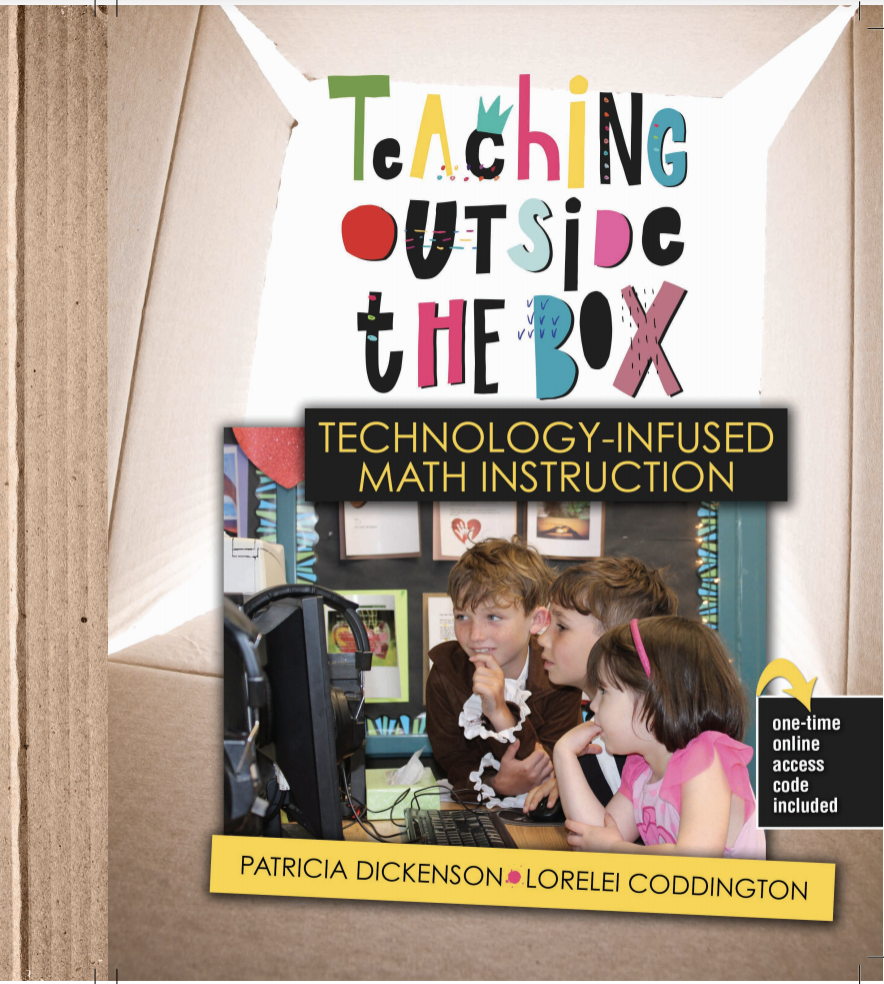
Students explaining their thinking is a hallmark of the Standards for Mathematical Practice. When students are challenged with the task of creating a video to explain their thinking they have an opportunity to exercise several of the Mathematical Practice Standards



Are you ready to get started with student-made videos? If I haven't convinced you in previous posts to give up the reins and adopt this practice, consider the research, as studies show students learn more when they are required to explain their ideas to others, compared to when they are required to learn information that will be measured on a test.
The active learning process that is required to create, also requires students to, organize their thinking, summarize information, reflect on learning, and engage in the process of learning about a concept. Moreover this experience is far more engaging than reading in a textbook about how to solve a problem or passively listening to the teacher explain a concept to them. So are you ready to get started?
Learning by teaching takes takes 4 steps:
1. Organize students in groups (no more than 4) to record, plan and create a video.
2. Have your students write out their process that they will explain, and use a script to organize their thinking around a big idea. Writing about their process will help move students toward mastery and increase their confidence explaining their idea.
3. Support your students by providing the criteria and guidelines to engage in the task such as: how long the video should be, what the video should include, criteria for evaluating the video.
4. Provide your students with access to digital devices such as smartphones, ipads and computers. If you school is limited on digital access have a BYOD (Bring Your Own Device) day and don't be shy about asking for parent volunteers to support the production process.
Students teaching students through video has gained much popularity in the classroom not just by teachers but by the students who claim they learn more when they watch their peers explain concepts in terms and ways they are familiar with.
If teachers are looking to S-T-R-E-T-C-H their students cognitively they must also consider S-T-R-E-T-C-H-I-N-G their teaching practice. Doing something new can be challenging, scary, and certainly far from perfect, the moment you can "own" this fact the more apt you will be to take chances and try something new. So are you ready to get started?

Think Khan Academy and Youtube, your kids can learn so much more by watching their peers perform a task, and they will even learn more by engaging in the process of creating a video to demonstrate a skill, concept or idea.
Digital tools provides much promise to capture student thinking in a way that not only demonstrates understanding but promotes peer-teaching and learning. Student created videos can have multiple purpose and audiences and be used across subject areas to explain a concept in science, teach a procedure in math, give an opinion about an event (social studies) or share a book review (english language arts). The possibilities are endless and the process promotes the 4C's of: communication, collaboration, creativity and critical thinking.
All you need to get started is a digital tool to record. Students can use their handheld device (IPHONE), or a free screen capture web-tool like Screencastomatic or Screencastify (Chrome Browser) to click and capture their thinking. I strongly recommend a graphic organizer to help students plan their process and for you to check their understanding.
Once the production process is done simply upload all videos to Youtube (can be set to private) and then use Google Slides to easily embed each video in a presentation. Students can add comments, feedback and answers for each video easily in a Google Slide.
Teachers who are looking to differentiate instruction for students with exceptionalities can easily do so with project-based tasks that includes multimedia and multiple ways to support student thinking.
Check out this video by 7 year old student who was not motivated to get started on a task until he learned he had an audience for his work.
Once the production process is done simply upload all videos to Youtube (can be set to private) and then use Google Slides to easily embed each video in a presentation. Students can add comments, feedback and answers for each video easily in a Google Slide.
Teachers who are looking to differentiate instruction for students with exceptionalities can easily do so with project-based tasks that includes multimedia and multiple ways to support student thinking.
Check out this video by 7 year old student who was not motivated to get started on a task until he learned he had an audience for his work.
 |
| Graphic Organizer to capture the process. |
Have you tried student-created videos in your class share with us and let us know your best practices.
Join our Facebook Group for more conversations, freebies and best practices: https://www.facebook.com/groups/mathconnects/
Join our Facebook Group for more conversations, freebies and best practices: https://www.facebook.com/groups/mathconnects/










We at Ziyyara offer online tuition classes of ICSE that are scheduled based on the learning capabilities of the students. ICSE online home tuition classes are taken by experienced teachers. Our online ICSE tuition tutor knows the art of creating even the boring and difficult chapters that look interesting and professional assistance is supported by using innovative methods to get good scores in academics.
ReplyDelete